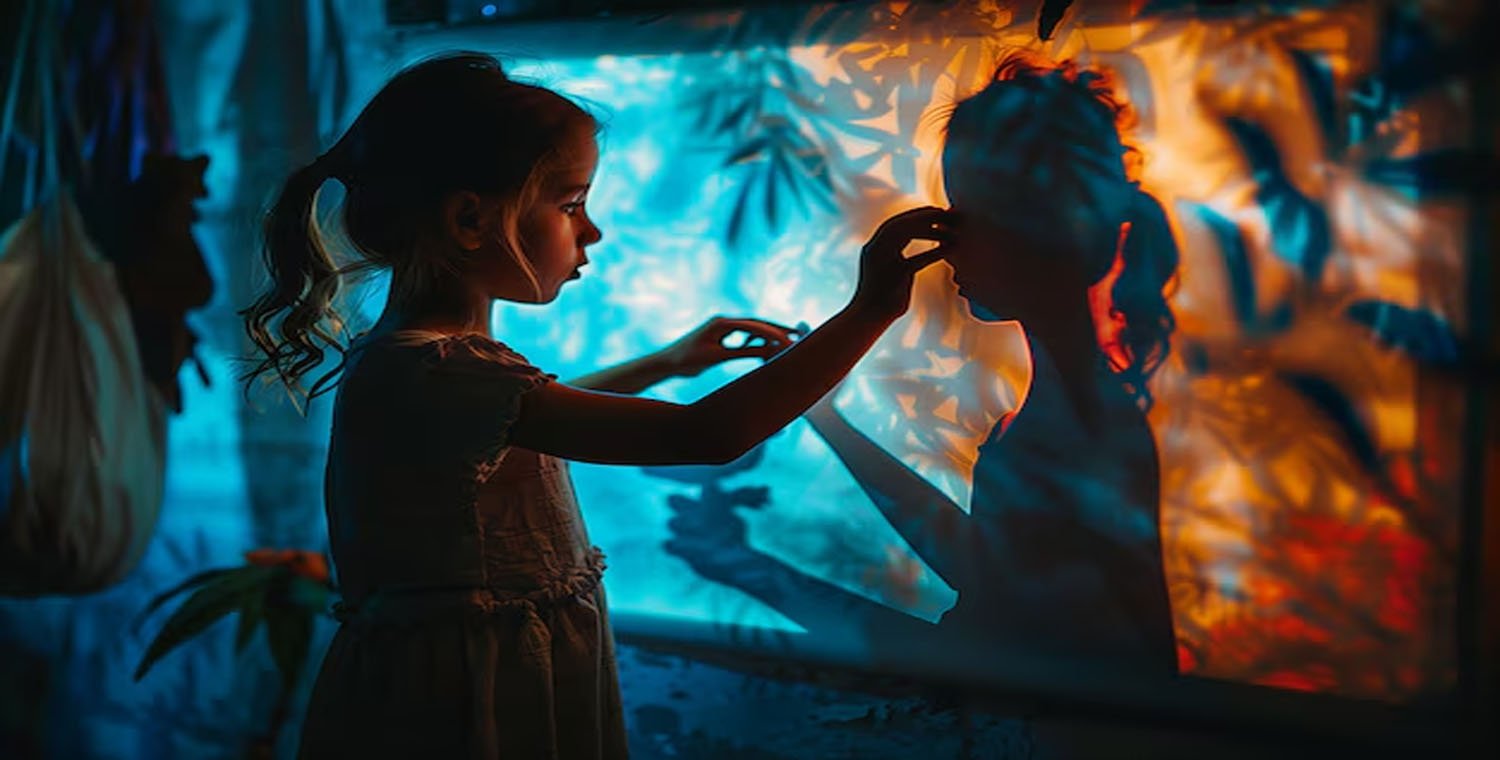Art has been an integral part of human culture for millennia. From cave paintings to contemporary installations, it reflects our values, beliefs, and experiences. This article explores the transformative power of art, examining its impact on society and individuals across various dimensions, including emotional healing, social change, and cultural identity.
The Emotional Impact of Art

One of the most profound effects of art is its ability to evoke emotions. Whether through a poignant painting, a stirring piece of music, or a thought-provoking film, art can resonate deeply with our feelings and experiences.
Art as a Form of Therapy
Art therapy has gained recognition as a legitimate form of psychological treatment. It allows individuals to express feelings that may be difficult to articulate verbally. For example, patients dealing with trauma or grief often find solace in creating art, as it provides a safe outlet for their emotions. Studies have shown that engaging in artistic activities can reduce anxiety, depression, and stress, making art a powerful tool for mental health.
Personal Reflection and Growth
Art encourages self-reflection and personal growth. When individuals engage with art, whether as creators or observers, they often confront their own beliefs and emotions. This introspection can lead to greater self-awareness and a better understanding of one’s place in the world. Moreover, art can inspire individuals to challenge societal norms and question their own assumptions, fostering personal development.
Art as a Catalyst for Social Change
Throughout history, art has played a pivotal role in advocating for social justice and change. Artists often use their platforms to raise awareness about pressing issues, challenge the status quo, and inspire action.
Historical Examples
Consider the works of artists like Picasso, whose painting “Guernica” depicted the horrors of war and became a symbol of anti-war sentiment. Similarly, the Harlem Renaissance showcased the struggles and triumphs of African Americans, using art as a means of reclaiming identity and advocating for civil rights. These examples illustrate how art can serve as a powerful vehicle for social commentary and mobilization.
Contemporary Movements
In today’s world, art continues to be at the forefront of social movements. From street art that addresses issues like police brutality and climate change to performances that highlight gender inequality, contemporary artists are using their work to spark conversations and drive change. Platforms like Instagram and TikTok have also allowed artists to reach wider audiences, amplifying their messages and fostering community engagement.
Cultural Identity and Art
Art is a reflection of cultural identity. It captures the essence of a community’s values, traditions, and experiences. Through art, individuals can explore their heritage and express their unique identities.
The Role of Indigenous Art
Indigenous art forms are vital for preserving cultural narratives and histories. For example, Aboriginal Australian art tells stories of creation and connection to the land, while Native American art often incorporates themes of spirituality and community. By engaging with these art forms, individuals can gain insights into different worldviews and appreciate the richness of cultural diversity.
Globalization and Artistic Exchange
In an increasingly interconnected world, globalization has facilitated the exchange of artistic ideas across cultures. This exchange can enrich artistic practices but also raises questions about cultural appropriation. When artists draw from other cultures, it is essential to approach this practice with respect and understanding, recognizing the origins and significance of the art being referenced.
Art and Community Building
Art has the power to bring people together, fostering a sense of community and belonging. Community art projects, public murals, and local festivals create spaces for collaboration and shared experiences.
Collaborative Projects
Collaborative art projects encourage participation from diverse community members, allowing for a collective expression of identity and values. For instance, community murals can transform public spaces, beautifying neighborhoods while also addressing local issues. These projects foster dialogue and connection among residents, breaking down barriers and promoting understanding.
Art as a Tool for Dialogue
Art can also serve as a catalyst for difficult conversations. In many communities, artists create works that address controversial topics, inviting dialogue and reflection. This process can promote healing and understanding, as individuals engage with different perspectives through the lens of art.
The Economic Impact of Art
Beyond its emotional and social significance, art has a substantial economic impact. The creative industries contribute billions to the global economy, providing jobs and fostering innovation.
Arts and Tourism
Cultural tourism is a thriving sector, with travelers seeking to experience the artistic heritage of different regions. Museums, galleries, and festivals draw visitors, generating revenue for local economies. Cities like Paris, Florence, and New York are renowned for their artistic offerings, attracting millions of tourists each year.
Support for Local Artists
Investing in the arts supports local artists and cultural institutions. Grants, sponsorships, and public funding can provide vital resources for artistic endeavors, ensuring that diverse voices are represented in the cultural landscape. Supporting local art not only enriches communities but also helps sustain the livelihoods of artists.
The Future of Art in a Digital Age
As technology continues to evolve, so too does the landscape of art. Digital platforms have transformed the way art is created, shared, and experienced.
The Rise of Digital Art
Digital art forms, including virtual reality (VR), augmented reality (AR), and digital installations, are expanding the possibilities of artistic expression. Artists can now reach global audiences with just a click, democratizing access to art. However, this shift also raises questions about authenticity, ownership, and the nature of art itself.
Social Media and Artistic Expression
Social media has revolutionized how artists connect with their audiences. Platforms like Instagram and TikTok allow artists to showcase their work, share their creative processes, and engage with fans in real time. This immediacy fosters a sense of community and support among artists and their followers, creating a dynamic ecosystem for artistic expression.
Conclusion
The transformative power of art is undeniable. From its ability to heal emotional wounds to its role in advocating for social change, art shapes our individual and collective experiences. It connects us to our cultural identities, fosters community, and contributes to economic vitality. As we navigate the complexities of the modern world, art remains a vital force for reflection, expression, and connection. Embracing and supporting the arts is essential for a more empathetic and inclusive society, ensuring that the voices of all individuals are heard and celebrated.





